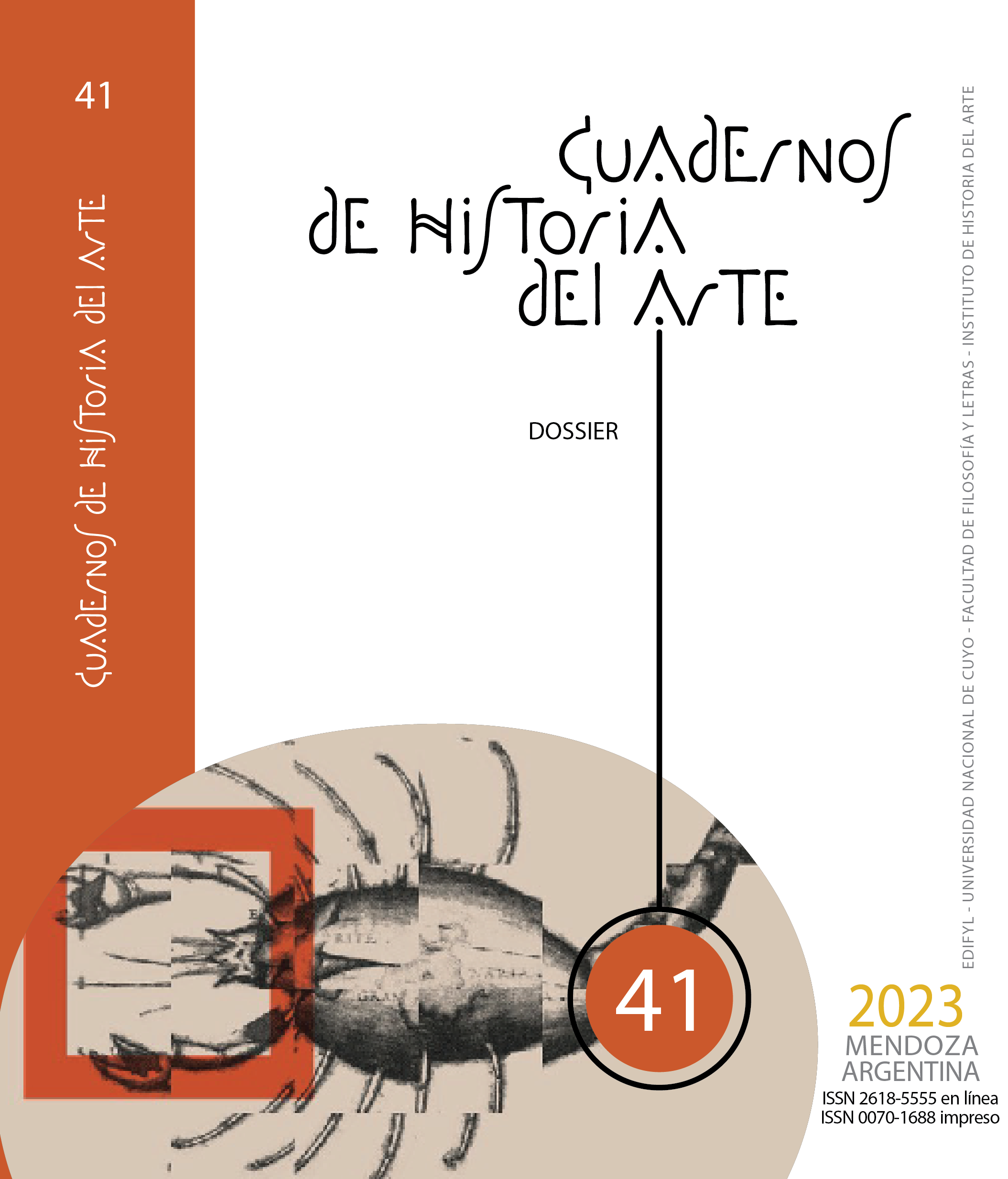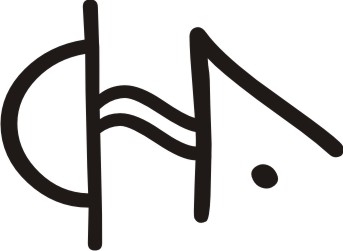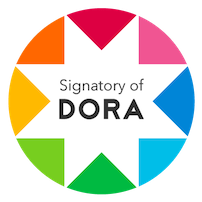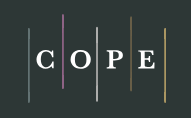From the summit to the sand
Following Hergé in the country of the Incas
DOI:
https://doi.org/10.48162/rev.45.005Keywords:
Hergé, Peru, Inca Empire, TintinAbstract
Tintin is one of the most characteristic characters of the Franco-Belgian comic art and of the "ligne claire" (French for clear line), a style in which content focused on adventures and, at a graphic level, characters are drawn in detail and landscapes take on special importance. One of the most important figures and, in a way, the promoter of this school was, without a doubt, Georges Prosper Remi (Etterbeek, Belgium, 1907-Woluwe-Saint-Lambert, Belgium, 1983), known as Hergé and creator of the iconic character of Tintin. Many of his adventures were based on his travels. Tintin traveled to the five continents and even to the Moon. One of the geographical spaces that he visited the most was precisely the American continent. Of the twenty-four albums created by Hergé, five took place in America. Among them, Seven Crystal Balls and The Prisoners of the Sun, published at the end of WWII and the first years of the postwar period, stand out. These two comics were decisive in the career of the Belgian cartoonist, as they marked a before and after in his way of understanding his creative work. His taste for detail and his obsession with building believable environments for the development of his characters' adventures led him to consult numerous sources before undertaking any of his later works. This article explores the sources of inspiration used in the creation of these volumes, paying special attention to those that served as the basis for the setting of Prisoners of the Sun.
References
Assouline, Pierre. Hergé, Barcelona: Ediciones Destino, 1997.
Barragán Gómez, Rafael Alberto. “Representaciones latinoamericanas en Las aventuras de Tintín de Hergé”, en Comunicación. Revista Internacional de Comunicación Audiovisual, Publicidad y Estudios Culturales, Universidad de Sevilla: Sevilla, 2012, Nº 10, Vol.1, pp. 880-895.
Berenguer Rodríguez, J. “En torno a los motivos biomorfos de la Puerta del Sol en el Norte de Chile”, en Boletín del Museo Nacional de Historia Natural, 1981, Nº 38, pp. 167-182.
Castillo, Fernando, Tintín-Hergé. Una vida del siglo XX, Madrid: Fórcola Ediciones, 2001.
Daubert, Michael.Museo Hergé, Barcelona: Zephyrum Ediciones, 2018.
Farr, Michael. Tintín, el sueño y la realidad. Historia de la creación de las Aventuras de Tintín, Barcelona: Editorial Zendrera Zariquiey, 2001.
Godoin, Philippe. El arte de Hergé, creador de Tintin: 1937-1949, Barcelona: Editorial Zendrera Zariquiey, 2009, Vol III.
Hergé. El templo del sol, Barcelona: Editorial Juventud, 1983.
Kunz, Marco. “Versiones de un eclipse (de Colón a Monterroso)”, en De la escritura como resistencia. Textos in honorem Jenaro Talens, Valencia: Universitat de València, 2018, pp. 477-490.
Leroux, Gastón. La esposa del sol, Madrid: Espasa-Calpe, 1959.
Martínez De Pisón, Eduardo. Geografías y paisajes de Tintín. Viajes, lugares y dibujos, Madrid: Fórcola Ediciones, 2019.
Means, Philip Ainsworth. “The Incas: EmpireBuildersofthe Andes”, en TheNationalGeographic Magazine, 1938, Vol. LXXIII, Nº 2, pp. 225-265, I-VIII.
Nogué, Joan. “Viajes y geografía de Tintin. Una descripción del mundo en un siglo cambiante”, en Vanguardia Grandes Temas: Tintin vive. Cien años del nacimiento de Hergé, 2007, Nº 3, pp.38-43.
Peeters, Benoît. Hergé, hijo de Tintín, Salamanca: Editorial Confluencias, 2013.
Riviale, Pascal “Charles Wiener, ¿viajero científico u hombre de los medios?”, en Perú y Bolivia. Relato de viaje, 1993. Lima: Institutfrançaisd’etudesandines. Disponible en internet: Perú y Bolivia. Relato de viaje - Institutfrançaisd’étudesandines (openedition.org).
Sadoul, Numa. Conversaciones con Hergé, Barcelona: Editorial Juventud, 1986.
Wiener, Charles (1993). Perú y Bolivia. Relato de viaje, Lima: Institutfrançaisd’etudesandines (generado el 23 mayo 2016). Disponible en internet: Perú y Bolivia. Relato de viaje - Institutfrançaisd’étudesandines (openedition.org).
Downloads
Published
How to Cite
Issue
Section
License
Copyright (c) 2023 Gonzalo Moisés Pavés Borges

This work is licensed under a Creative Commons Attribution-NonCommercial-ShareAlike 3.0 Unported License.
Los artículos enviados al Comité Editor del Instituto de Historia del Arte, para ser publicados, los autores reservan su derecho de propiedad, pero otorgan a la Editorial los derechos de impresión y aceptan la difusión tanto en papel, como en internet y en aquellos sitios virtuales de las cuales los CHA formen parte.

Esta obra está bajo una Licencia Creative Commons Atribución-NoComercial-CompartirIgual 3.0 No portada



















_00.07_.55_2.png)




